In the enchanting landscapes of Siberia and other parts of Asia, a delicate and charming flower graces the forest floors—the Erythronium sibiricum, also known as the Siberian Dogtooth Violet or Siberian Fawn Lily. With its elegant appearance, captivating colors, and early spring blooming, this enchanting member of the lily family has captivated the hearts of botanists and nature lovers alike. Let’s explore the fascinating world of Erythronium sibiricum and discover the remarkable qualities that make it a true gem of the floral kingdom.
Erythronium sibiricum images
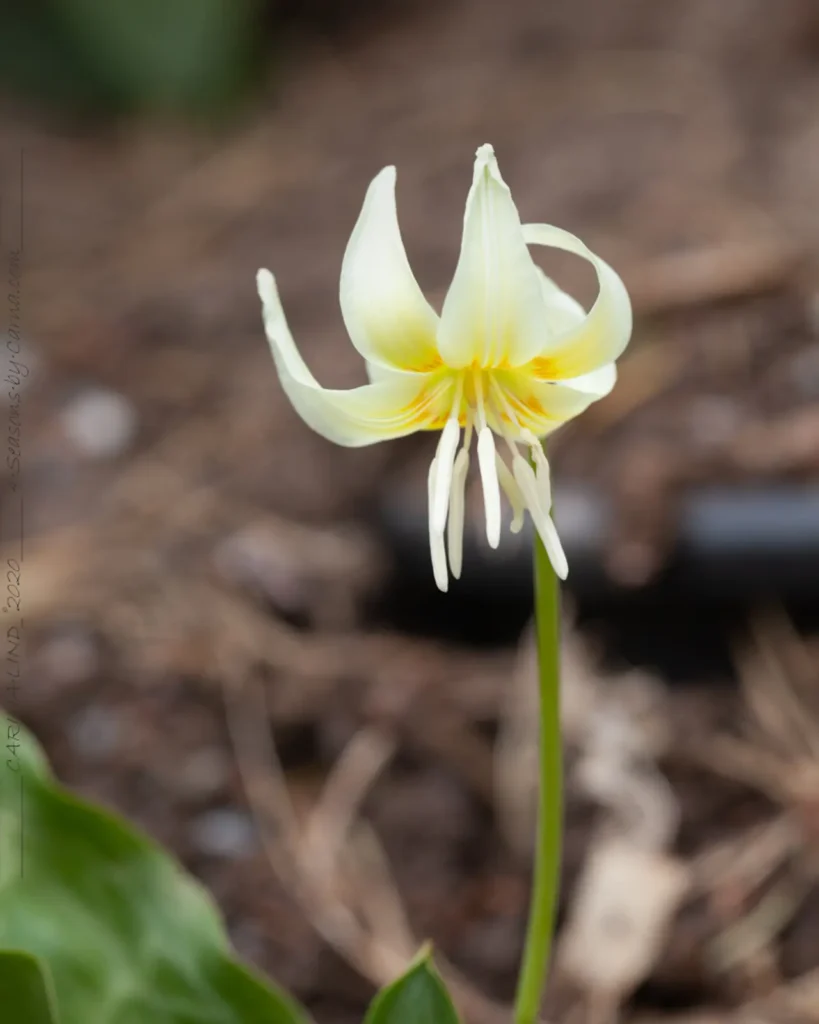
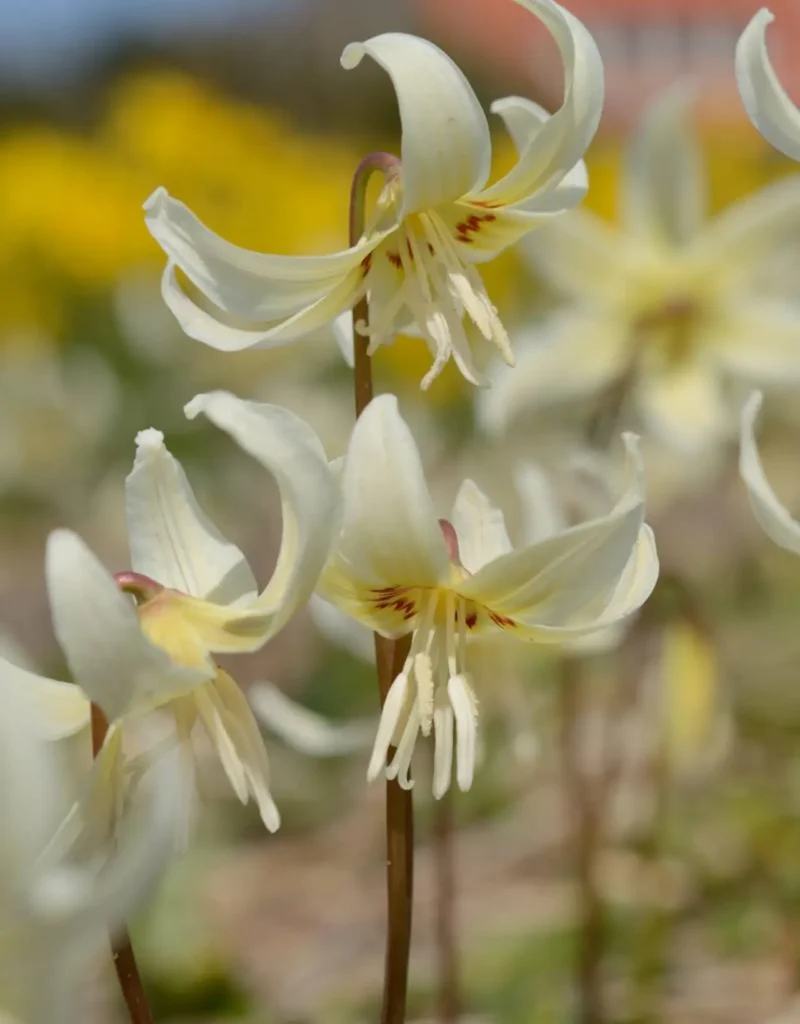
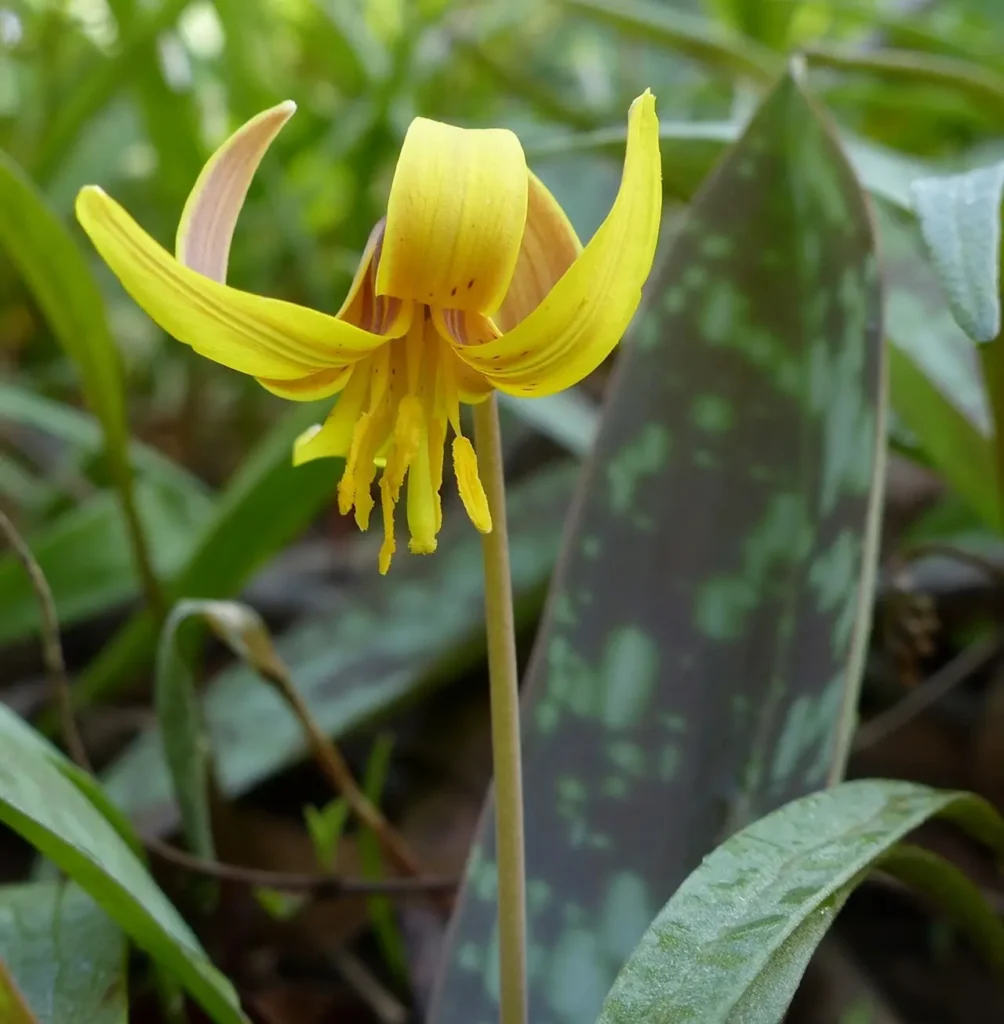
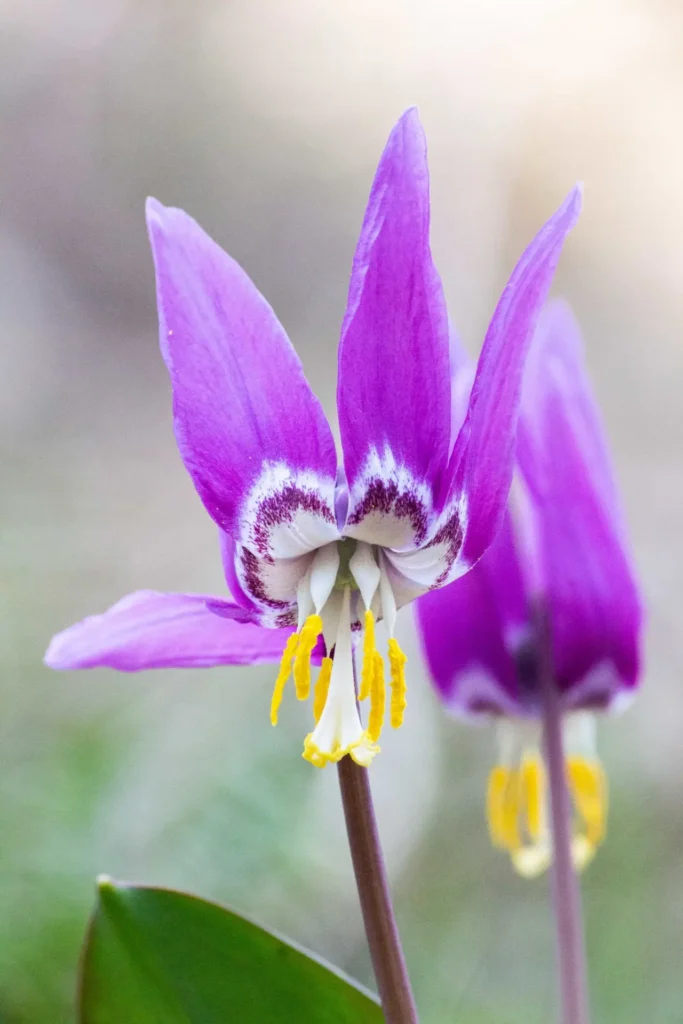

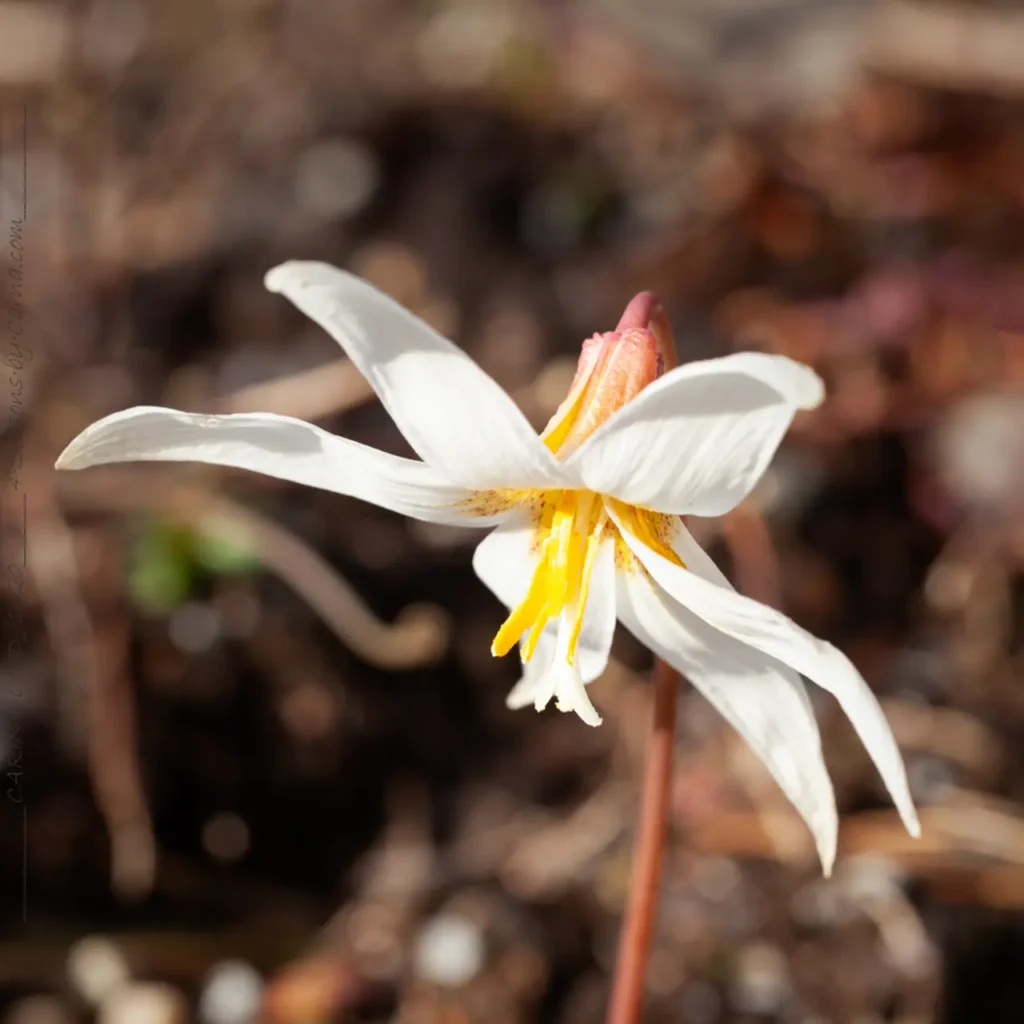

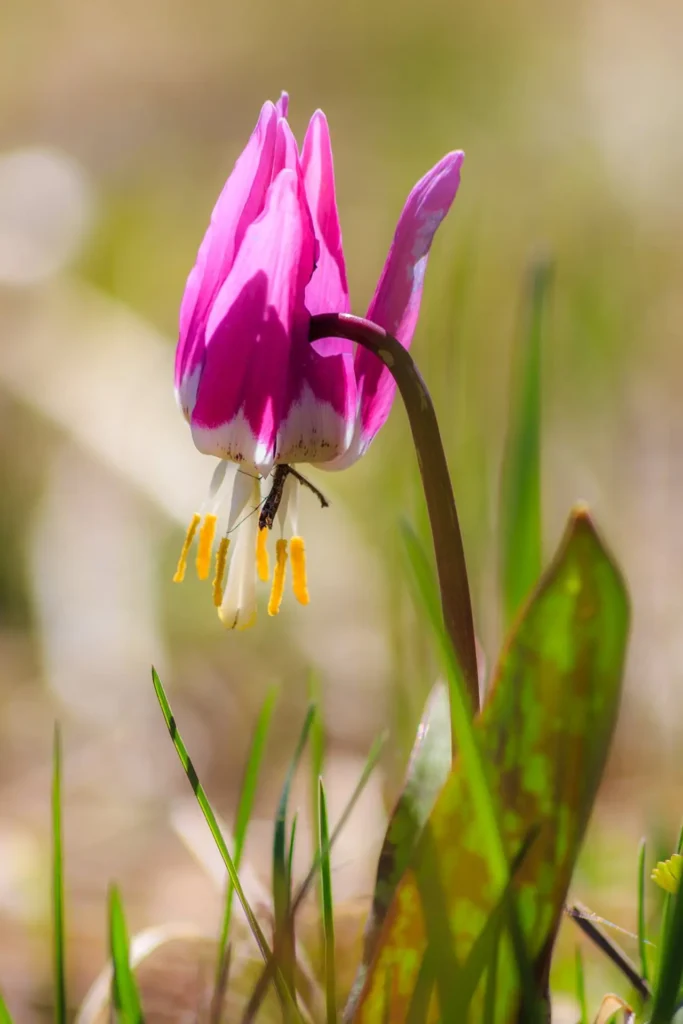
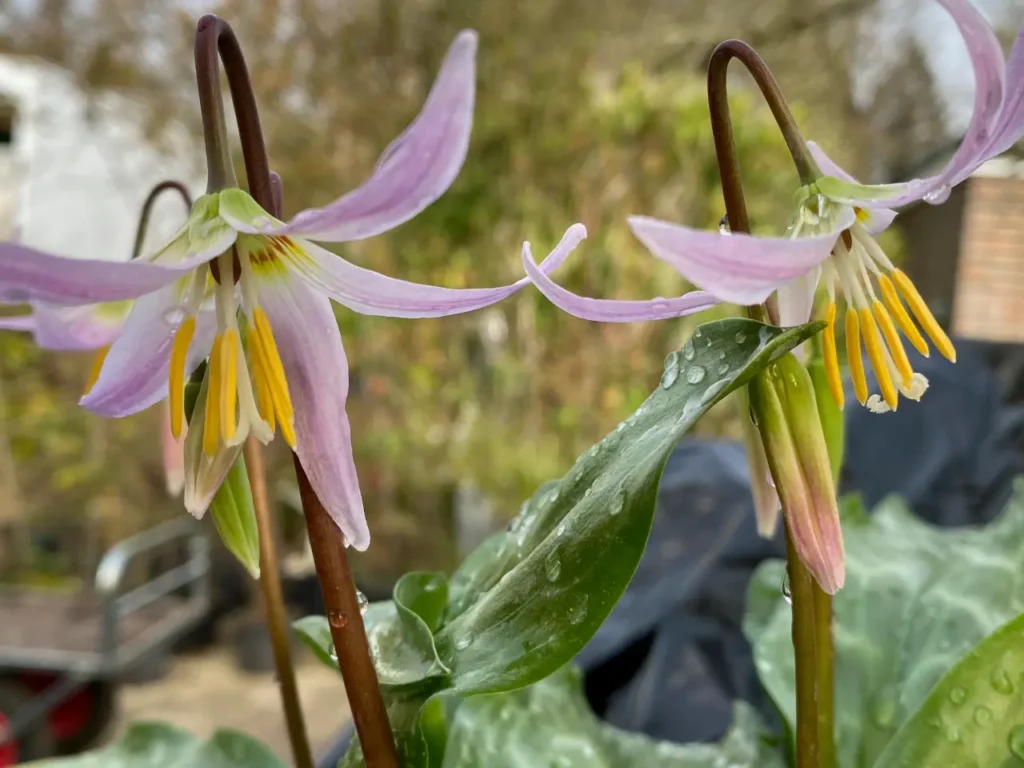
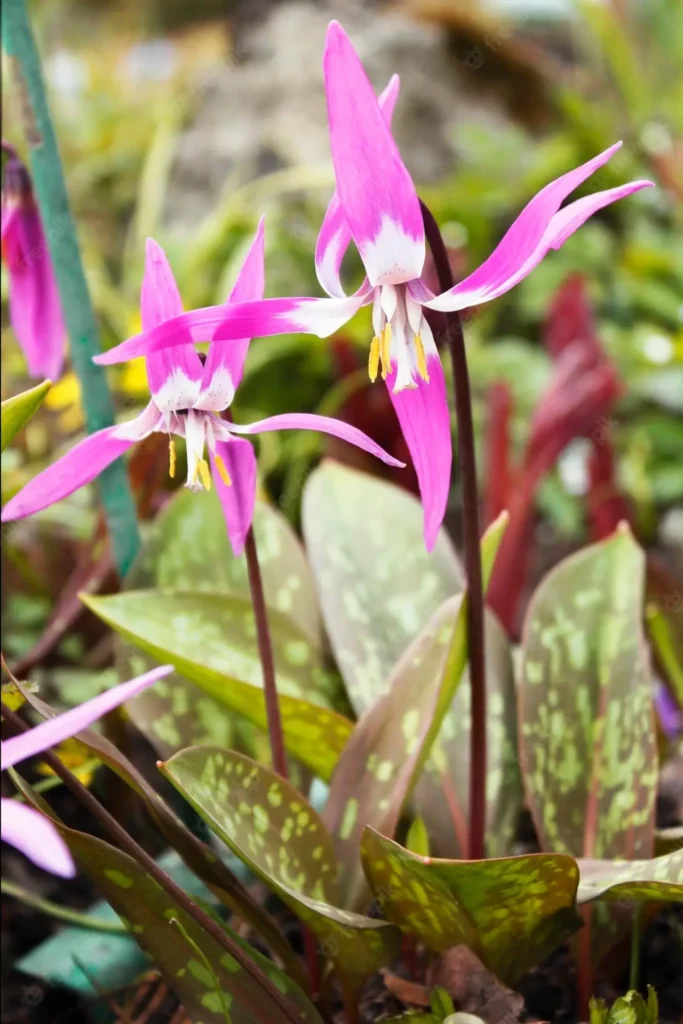
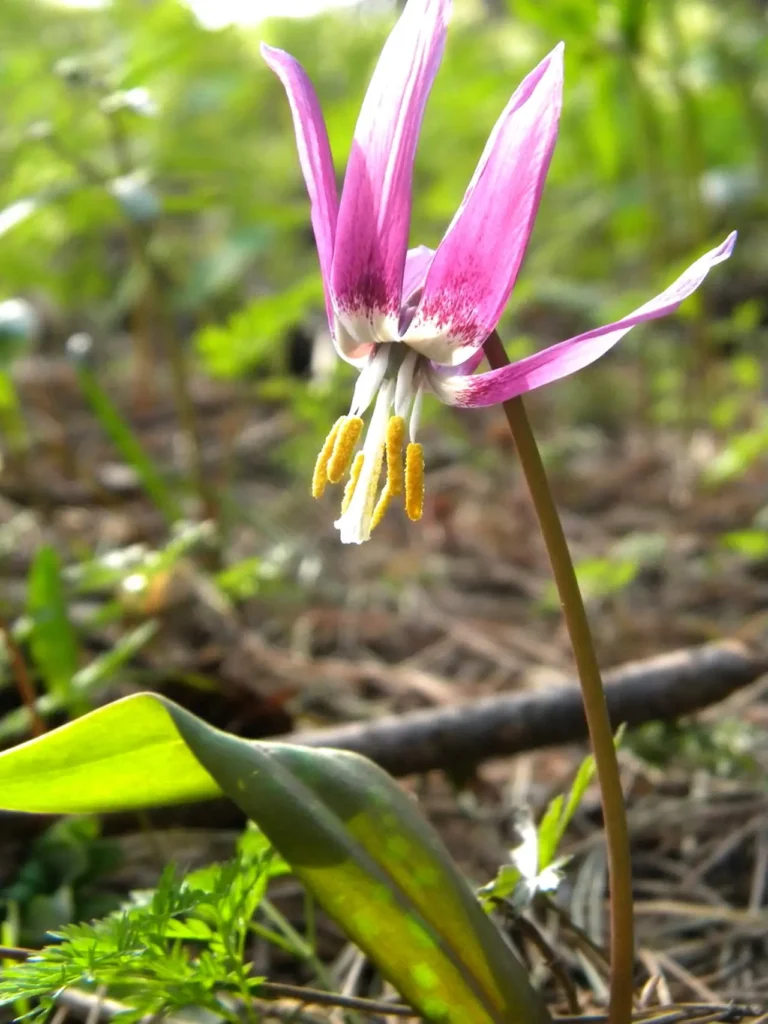
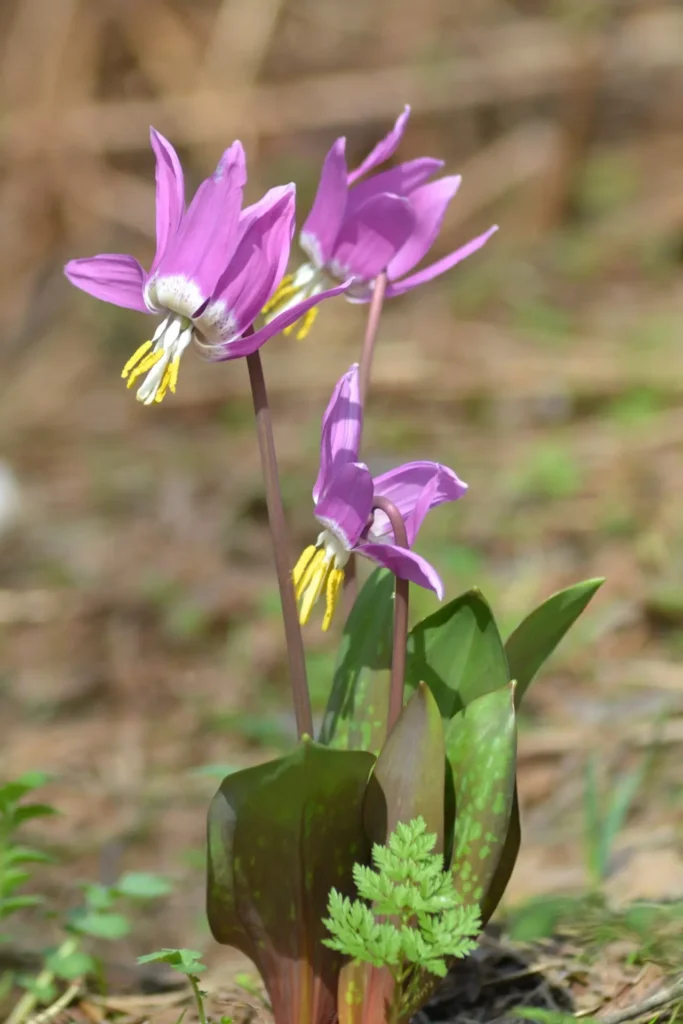
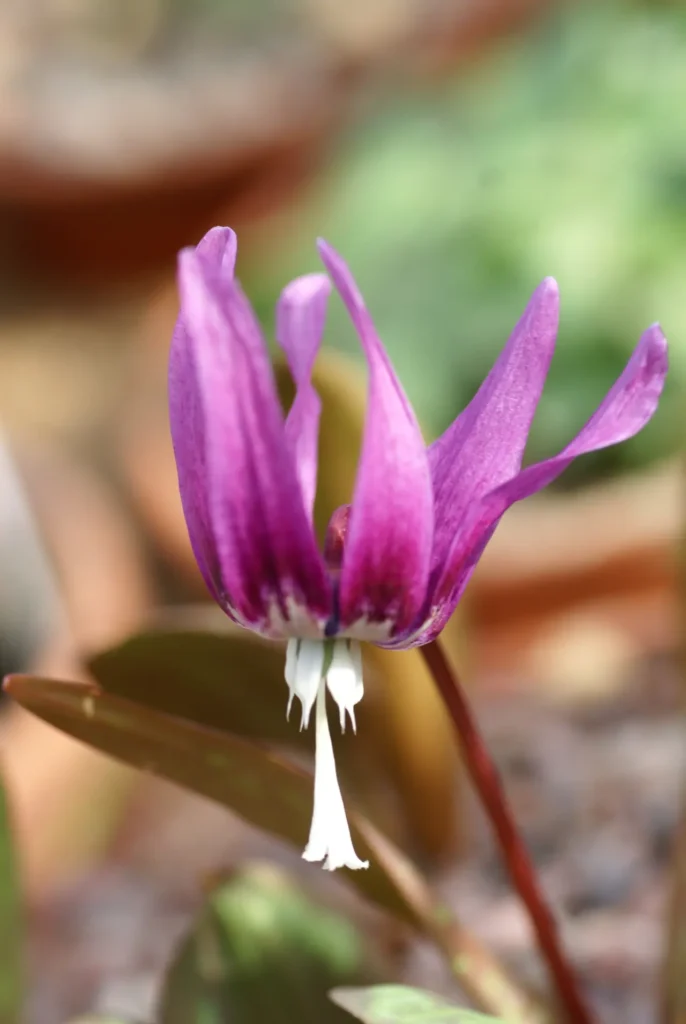
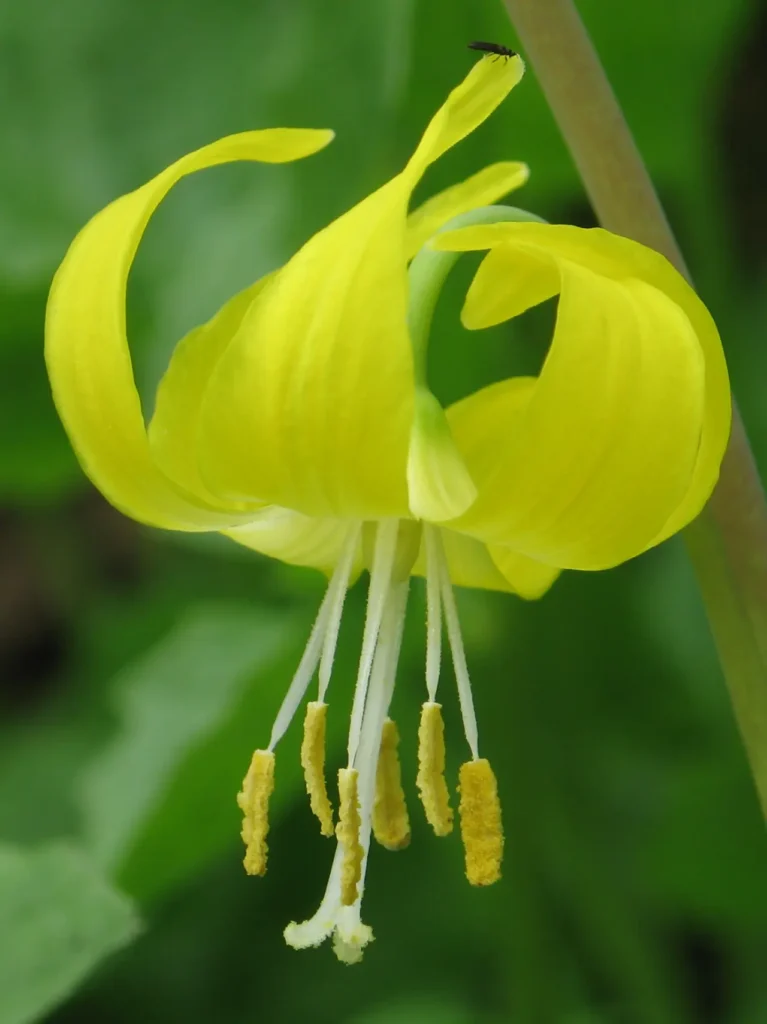
Appearance and Characteristics
Erythronium sibiricum is a perennial plant that emerges from underground bulbs, and its name “Dogtooth Violet” is derived from the shape of these bulbs, which resemble a canine tooth. However, it is not related to violets but rather belongs to the lily family, Liliaceae. The plant produces one or two elegant, nodding flowers on slender, leafless stems, making it a sight to behold in early spring when other plants are just beginning to awaken from winter’s slumber.
The flowers of Erythronium sibiricum are a striking mix of colors. The six petal-like tepals are usually white or pale pink, and their inner surface is adorned with attractive purple or red-brown markings, adding to the allure of the bloom. The lance-shaped leaves emerge later in the season, adding a lush green carpet to the forest floor.
Habitat and Distribution
Erythronium sibiricum is native to a vast region that extends from Siberia, Russia, to parts of China, Mongolia, Korea, and Japan. This species is particularly fond of deciduous and mixed forests with well-drained, humus-rich soils. Its preferred habitats often include the edges of woodlands and moist, shaded areas, where it receives dappled sunlight.
Due to its enchanting appearance and early spring flowering, the Siberian Dogtooth Violet has been cultivated in gardens and naturalized in various regions outside its native range.
Cultural Significance
Throughout its natural distribution, Erythronium sibiricum has held cultural significance in various regions. In Japan, it is known as “Katakuri” and has been admired for its beauty and symbolism of spring’s arrival. The plant’s bulbs have also been used in traditional medicine for their purported medicinal properties.
Conservation and Protection
Like many wildflowers, Erythronium sibiricum faces challenges related to habitat loss, deforestation, and human activities. Efforts to protect its natural habitats and conserve its populations are vital to ensure the continued presence of this graceful beauty in the wild.
In gardens and horticultural settings, careful cultivation practices and responsible sourcing of bulbs contribute to the conservation of this species, ensuring that it can be appreciated by future generations.
A Graceful Sign of Spring
Erythronium sibiricum, the Siberian Dogtooth Violet, stands as a graceful sign of spring’s arrival, adorning the forest floors with its delicate beauty and soft colors. As we marvel at its enchanting presence, we are reminded of the intricate wonders found within the floral kingdom and the importance of preserving such natural treasures. By valuing and protecting the habitats where the Siberian Dogtooth Violet thrives, we ensure that its ethereal beauty can continue to bring joy and wonder to the world each early spring.








